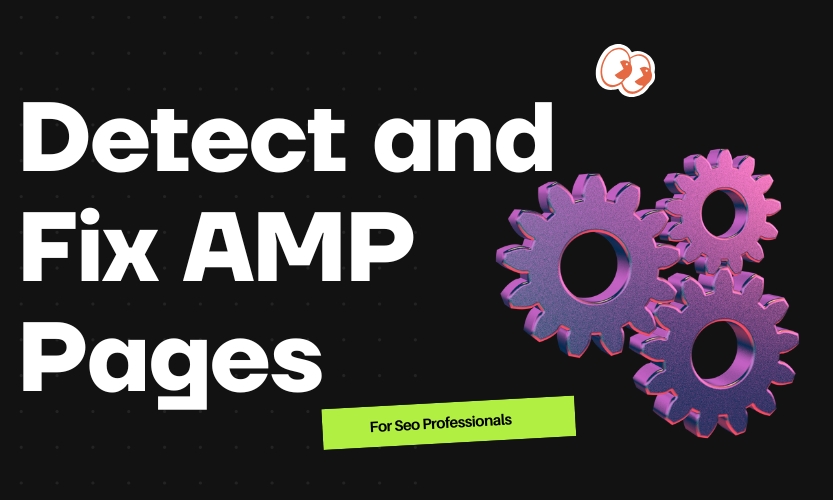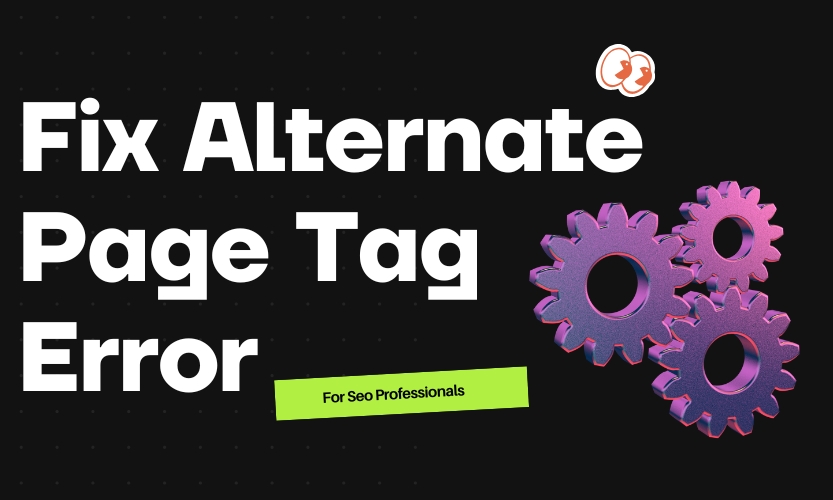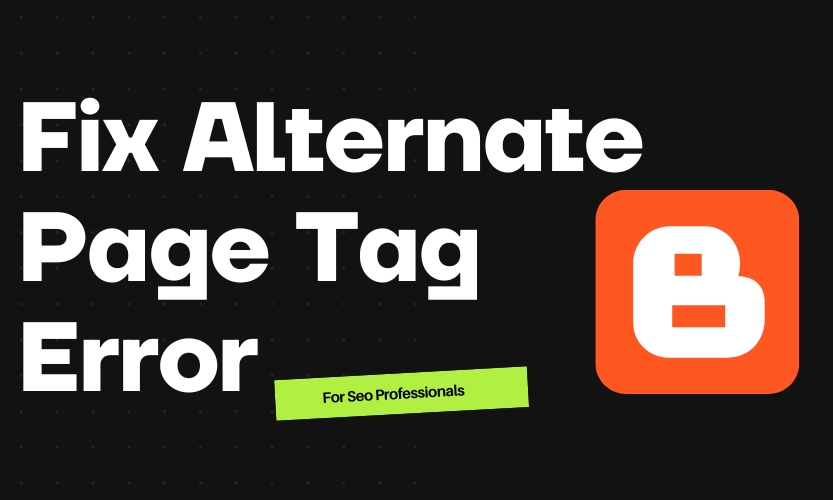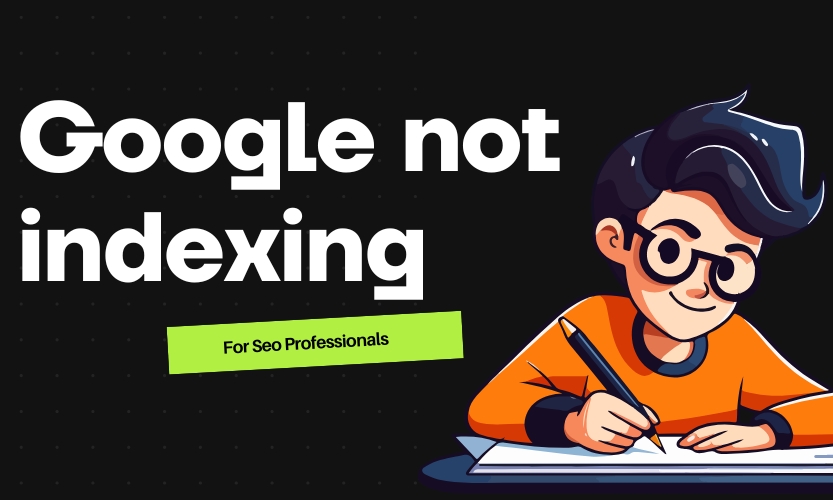Table of Contents
ToggleSEO Strategies for E-commerce Websites
In today’s competitive online world, e-commerce websites need a well-thought-out SEO strategy to thrive. If you’ve been wondering how you can improve your online store’s visibility and attract more potential customers, you’re in the right place.
SEO isn’t just about adding keywords to your website; it involves a strategic approach to ensure your site ranks higher on Google and other search engines. The question is, how do you implement a solid SEO strategy for your e-commerce website?
Talhasiddiq.com, an expert SEO agency, can help you navigate these waters. We’ve helped countless businesses, especially in the e-commerce sector, boost their visibility and increase sales. This article will take you through actionable SEO strategies, so you can start seeing results.
Need professional SEO assistance for your e-commerce site?
1. Conduct Thorough Keyword Research
Keyword research is the foundation of a strong SEO strategy. It’s all about identifying what your potential customers are searching for online. For e-commerce sites, this means finding keywords that match product names, descriptions, and categories.
Tools to Help With Keyword Research
- Google Keyword Planner
- Ahrefs
- SEMrush
Look for long-tail keywords that are less competitive but more specific to your products. For example, instead of just targeting “shoes,” aim for something like “affordable running shoes for women.” This will increase the chances of attracting the right audience to your website.
Tip: Use tools like Google Keyword Planner to discover keyword trends relevant to your e-commerce business.
Struggling with keyword research?
Let Talhasiddiq.com’s experts handle it for you to identify the best keywords for your business.
2. Optimize Your Product Pages
Each product page on your site should be treated as a landing page, optimized with targeted keywords, clear product descriptions, and engaging visuals. Here’s how you can optimize product pages:
- Title Tags: Include the product name and relevant keywords.
- Meta Descriptions: Write compelling meta descriptions to improve your click-through rate (CTR).
- Product Descriptions: Avoid copying manufacturer descriptions. Write original content that highlights the benefits of the product, using keywords naturally.
- Images: Optimize your images with alt text using relevant keywords.
Example of a Good Product Page Title
- “Men’s Waterproof Hiking Boots – Durable & Lightweight”
Optimizing product pages can significantly improve conversion rates, as well as help your products rank higher on search engines.
Learn more about on-page SEO optimization.
3. Create Unique, High-Quality Content
Content marketing is not just for blogs; it’s essential for e-commerce sites too. Publishing high-quality, informative content can help you rank for long-tail keywords and drive organic traffic.
Types of Content for E-commerce Sites:
- Product Guides: For example, “How to Choose the Best Smartphone for Your Needs.”
- Blog Posts: Write about trends or new product launches.
- How-to Videos: Create engaging product tutorials.
Content gives you the opportunity to naturally incorporate keywords and provide value to your customers. Plus, it increases the time they spend on your website, which is another ranking factor for Google.
Need help creating engaging content for your e-commerce site?

4. Use Structured Data Markup (Schema)
Implementing structured data helps search engines understand the content on your website better. For e-commerce sites, using schema markup allows search engines to display rich snippets like prices, ratings, and availability in search results.
How to Add Schema Markup to Your Site:
- Use Google’s Structured Data Markup Helper.
- Add relevant schema tags for products, reviews, and offers.
Using schema markup can improve your click-through rate (CTR) by displaying more information directly in the search results, making your products more attractive.
Learn more about technical SEO services.
5. Improve Site Speed
Page speed is crucial for SEO. Search engines, particularly Google, favor fast-loading sites, especially for mobile users. A slow website not only affects your ranking but can also frustrate potential customers, leading them to leave your site before making a purchase.
Tools to Test Page Speed:
- Google PageSpeed Insights
- GTMetrix
- Pingdom Tools
By optimizing images, enabling browser caching, and minimizing JavaScript, you can significantly improve your site’s speed.
If your site speed is slow, Talhasiddiq.com can optimize it for you to improve user experience and ranking.

6. Focus on Mobile Optimization
With the rise of mobile shopping, ensuring your website is mobile-friendly is essential. Google uses mobile-first indexing, which means the mobile version of your website is the primary one used for ranking.
How to Optimize for Mobile:
- Use a responsive design.
- Ensure buttons and links are easy to click.
- Improve mobile page speed.
If your e-commerce website isn’t optimized for mobile, you could be missing out on a significant amount of traffic and sales.
Learn more about mobile optimization services.
7. Build Backlinks
Backlinks remain a critical ranking factor for SEO. However, building quality backlinks for e-commerce sites can be challenging. One effective way is to engage in guest posting, collaborate with influencers, or get featured on authoritative blogs within your niche.
Steps to Build Quality Backlinks:
- Reach out to industry influencers.
- Partner with bloggers or websites relevant to your products.
- Write guest posts on high-authority websites.
Backlinks from authoritative sources signal to Google that your website is credible and trustworthy.
Need help with link building?

8. Enhance User Experience (UX)
A user-friendly website leads to higher engagement and conversion rates. Make sure your site is easy to navigate, has a clear call-to-action (CTA), and provides a seamless checkout process.
Ways to Improve UX:
- Make sure your website is easy to navigate.
- Include a search bar.
- Use high-quality product images.
- Offer customer reviews on product pages.
Good UX not only improves conversion rates but also reduces bounce rates, another important SEO ranking factor.
Final Thoughts:
SEO for e-commerce websites takes time and consistent effort. By following these strategies, you’ll see gradual improvements in your rankings, traffic, and conversions. Remember, SEO is a long-term investment, and having the right team can make all the difference.
Want expert help with SEO for your e-commerce business?
Reach out to Talhasiddiq.com and let our team of SEO professionals craft a winning strategy tailored to your needs!











